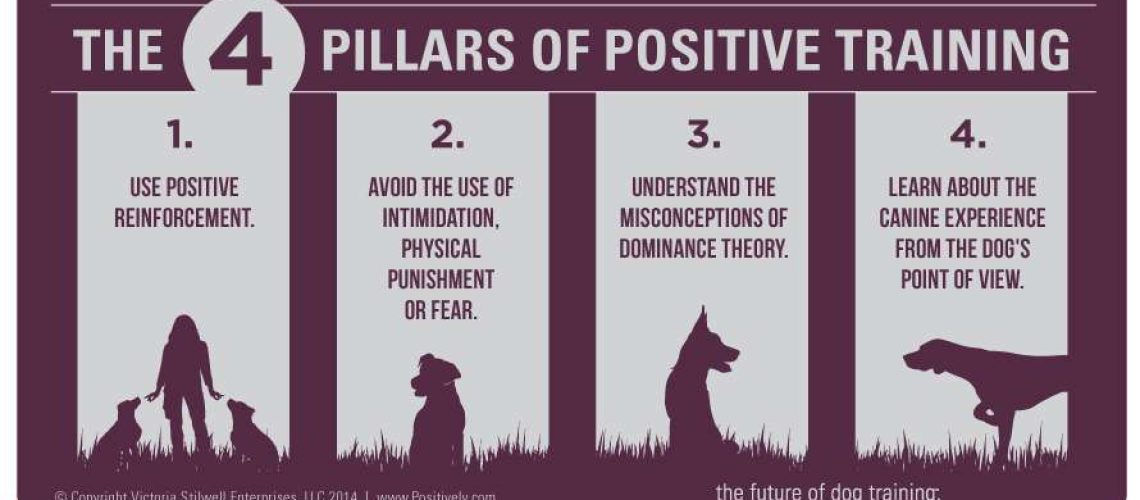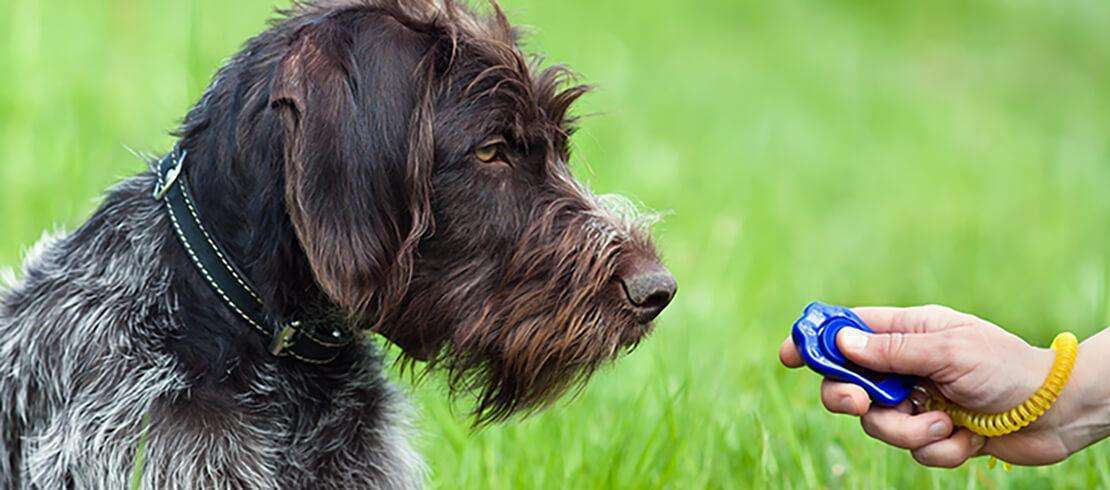Key Takeaways:
- Consistency is key: Using positive reinforcement consistently in your dog training will help them understand what behaviors are rewarded and encourage them to repeat those behaviors.
- Timing matters: It's important to deliver the positive reinforcement immediately after your dog displays the desired behavior, so they can make a clear connection between their actions and the reward.
- Use high-value rewards: Find out what motivates your dog the most, whether it's treats, toys, or praise, and use those as rewards to reinforce good behavior effectively.
- Start small and gradually increase difficulty: Begin with simple commands or behaviors and gradually increase the level of difficulty as your dog becomes more proficient. This helps prevent frustration and keeps training sessions enjoyable for both you and your dog.
- Avoid punishment-based methods: Positive reinforcement focuses on rewarding desired behaviors rather than punishing unwanted ones. By using positive reinforcement, you create a more trusting and positive relationship with your dog.
Are you tired of struggling to get your furry friend to listen and obey? Do you wish there was a way to train your dog that didn't involve yelling or punishment? Well, look no further! Learning how to use positive reinforcement to train your dog is not only effective, but it also strengthens the bond between you and your canine companion. In fact, studies have shown that using positive reinforcement can increase obedience in dogs by up to 90%! So, if you're ready to discover the secrets behind this powerful training method, keep reading. Your dog will thank you for it!
Understanding Positive Reinforcement in Dog Training
What is Positive Reinforcement?
Positive reinforcement is a training technique that involves rewarding your dog for good behavior. When your dog does something you want them to do, like sitting or staying, you give them a reward such as a treat or praise. This helps to reinforce the behavior and encourages your dog to repeat it in the future.
Why is Positive Reinforcement Effective?
Positive reinforcement is effective because it focuses on rewarding desired behaviors rather than punishing undesirable ones. Dogs learn best when they associate good behavior with positive outcomes. By using positive reinforcement, you are creating a positive learning environment for your dog and building a strong bond of trust and communication.
Examples of Positive Reinforcement Techniques for Training Dogs
Treat-Based Rewards
One common example of positive reinforcement is using treats as rewards. For example, when teaching your dog to sit, you can hold a treat above their head and say "sit." As soon as they sit down, give them the treat and praise them. This helps your dog understand that sitting leads to a reward.
Verbal Praise
Verbal praise is another effective form of positive reinforcement. Whenever your dog follows a command or exhibits good behavior, use an enthusiastic tone of voice to praise them. Say things like "Good job!" or "Well done!" This helps reinforce the behavior and lets your dog know they are doing something right.
The Importance of Timing in Positive Reinforcement Dog Training
Timing is crucial when using positive reinforcement in dog training. It's important to deliver the reward immediately after your dog performs the desired behavior. If there's a delay between the behavior and the reward, your dog may not make the connection between the two.
To ensure proper timing:
1. Keep treats or rewards readily available so you can quickly give them to your dog.
2. Use a marker word, such as "Yes!" or "Good!", to let your dog know they have done the right thing as soon as they do it.
3. Be attentive and observant of your dog's actions, so you can reward them promptly.
By being consistent with timing, you'll help your dog understand which behaviors are desirable and increase their motivation to repeat those behaviors in the future.
Mistakes to Avoid When Using Positive Reinforcement with Your Dog
Using Inconsistent Rewards
One common mistake is using inconsistent rewards. If you sometimes reward your dog for a behavior and other times don't, it can confuse them. Make sure to consistently reward your dog for the desired behavior to reinforce it effectively.
Using Punishment or Negative Reinforcement
Another mistake is using punishment or negative reinforcement alongside positive reinforcement. This can create confusion for your dog and may lead to fear or anxiety. Stick to positive reinforcement techniques and avoid any form of punishment or negative reinforcement.
Easier Commands and Behaviors to Train Using Positive Reinforcement
Sit
Teaching your dog to sit is one of the easiest commands to train using positive reinforcement. Hold a treat above their head, say "sit," and when they sit down, immediately give them the treat and praise them.
Come
Training your dog to come when called is another important behavior that can be easily taught using positive reinforcement. Start in a quiet area without distractions. Say your dog's name followed by "come" in an excited tone, then reward them with praise or a treat when they come towards you.
The Role of Consistency in Successful Dog Training with Positive Reinforcement
Consistency is key when using positive reinforcement to train your dog. Dogs thrive on routine and clear expectations. Here's how consistency plays a role in successful training:
1. Use the same commands: Be consistent with the words or cues you use for each behavior. For example, if you want your dog to sit, always use the word "sit" instead of using different words like "down" or "park it."
2. Reinforce consistently: Reward your dog every time they perform the desired behavior correctly. This helps reinforce the association between the behavior and the reward.
3. Set clear boundaries: Consistently enforce rules and boundaries to help your dog understand what is expected of them. For example, if you don't want your dog on the furniture, be consistent in not allowing them on any furniture.
By being consistent in your training approach, you'll help your dog understand what behaviors are acceptable and build a strong foundation for their learning.
Troubleshooting Tips if Your Dog Doesn't Respond Well to Positive Reinforcement
Assess Your Timing
If your dog isn't responding well to positive reinforcement, assess your timing. Make sure you're delivering the reward immediately after the desired behavior occurs.
Check for Distractions
Distractions can hinder a dog's response to positive reinforcement. Ensure that you're training in a quiet environment without too many distractions initially. Gradually increase distractions as your dog becomes more proficient in their training.
Reevaluate Your Rewards
Sometimes dogs may not find certain rewards motivating enough. Experiment with different types of treats or toys to find what truly excites and motivates your dog during training sessions.
Remember, every dog is unique, and it may take some trial and error to find what works best for them. Patience and persistence are key when troubleshooting training challenges.
In conclusion, positive reinforcement is a great way to train your dog. By rewarding good behavior and ignoring bad behavior, you can build a strong bond with your furry friend and help them become well-behaved and happy. So remember, be patient, consistent, and always use positive reinforcement!
https://www.youtube.com/watch?v=kqV4PQNJ8lI&pp=ygUzSG93IHRvIFVzZSBQb3NpdGl2ZSBSZWluZm9yY2VtZW50IHRvIFRyYWluIFlvdXIgRG9n
How do I start positive reinforcement training my dog?
To promote good behavior in your pet, use positive reinforcement such as praise, treats, and toys. Ignore any unwanted behaviors or requests for attention. It is important to never physically harm your pet. If your puppy is exhibiting an unwanted behavior, redirect them by having them sit and then reward them for following your command.
Does positive reinforcement really work with dogs?
It may be difficult to understand, but it has been repeatedly shown that dogs respond better to positive reinforcement than punishment. So be prepared to give your dog plenty of praise, ear scratches, and treats if they need training or behavioral corrections.
What are the 2 main steps of positive reinforcement in dogs?
When using positive reinforcement to train your dog, you give a physical or verbal cue for a desired behavior, wait for the dog to perform the behavior, and then reward the dog with something it desires. This process is repeated multiple times to observe any changes in the dog's behavior.
What is an example of positive reinforcement?
Examples of positive reinforcement include dog trainers using food rewards when dogs raise their paws on command, parents giving their children allowances for doing household chores, managers giving workers bonuses for completing projects quickly, and fathers praising their sons for studying diligently for exams.
What is an example of negative punishment for dogs?
Negative punishment involves removing a desired stimulus after an undesired behavior occurs, which decreases the likelihood of the behavior happening again in the future. For instance, if you're walking your dog and they start pulling, you would stop walking and wait until your dog stops pulling.
What are the cons of positive reinforcement for dogs?
Disadvantages of positive reinforcement training include a loss of focus or concentration in dogs during longer training sessions, frustration when trying to teach a trick that is too advanced for their current level of training, and confusion due to unclear verbal or hand signals.

















